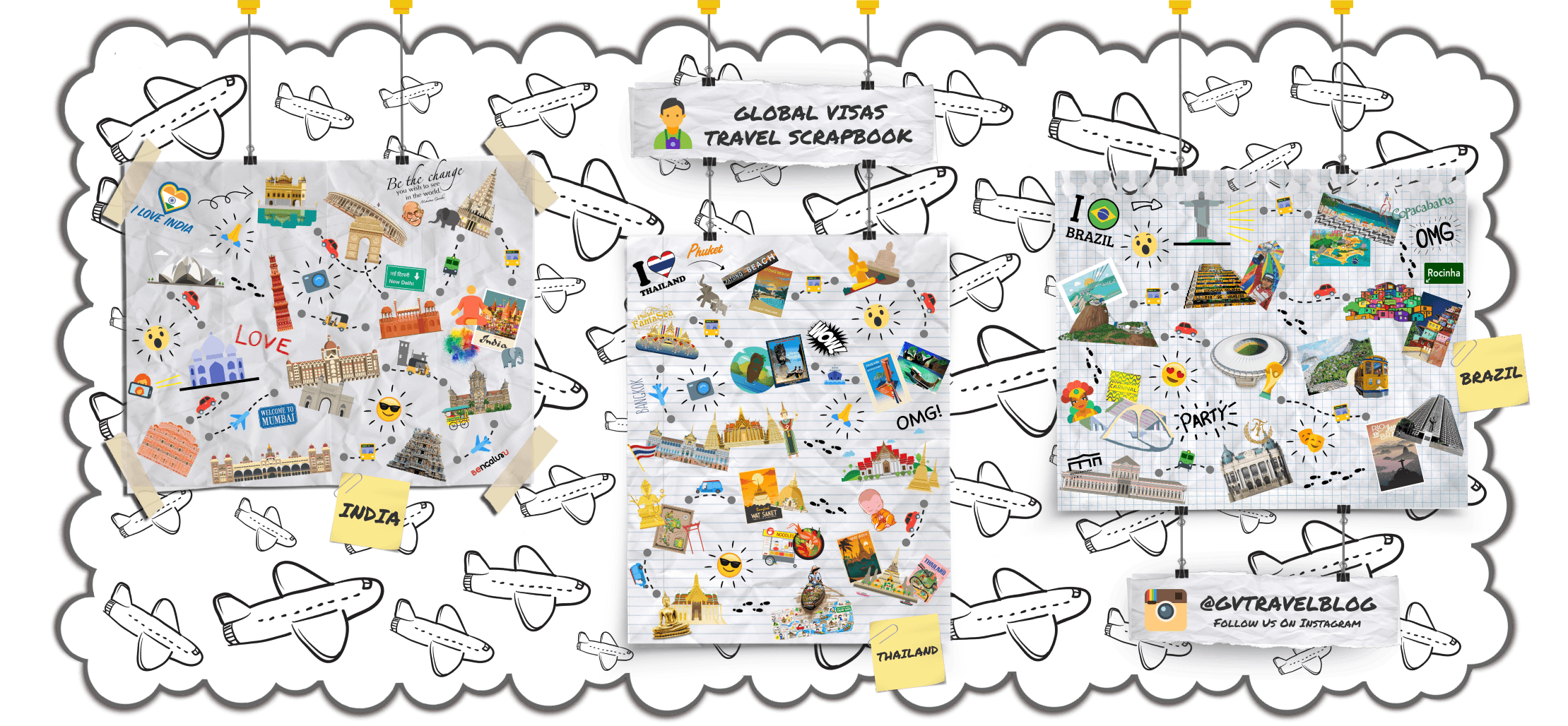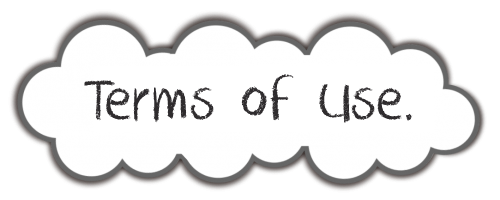BY TRAIN AND BUS:
Trains are the best and most common form of mass transportation in Austria. Comfortable and moderately priced trains connect major cities and many towns; buses serve less significant towns and lakes. The two forms of transport are integrated and designed to complement each other, and intercity coaches exist but don’t provide anywhere near the level of intercity rail service. Between Vienna, Linz, and Salzburg trains run every 30 minutes or even more frequently. Trains between Vienna and Graz operate hourly. The 2½-hour train ride takes you along one of the world’s oldest mountain railways. 14 tunnels and 16 viaducts were built to cross the Alps.
Austrian trains are operated mostly by state-owned company ÖBB. The Raaberbahn (GySEV) provides some trains across the Austrian-Hungarian border and there are some short private railways with tourist trains which supplement rather than compete with the ÖBB.
The only competitor to ÖBB is WestBahn on the Salzburg-Linz-Vienna line (the company shares the name of the line it runs on). Westbahn serves several inner-city stations in Vienna that are otherwise only served by commuter trains, giving travelers more flexibility. While comfort is roughly equivalent, ÖBB Intercity and Railjet trains usually have a full-service restaurant car while Westbahn trains just have a couple of vending machines. Both offer free Wi-Fi.
ÖBB also operate buses (InterCityBus) on the Graz–Klagenfurt–Venice line because the road between these cities is much shorter than the railway.
Train types:
- S (S-Bahn/Schnellbahn) – commuter trains offered in several regions and suburban areas
- R (Regionalzug) – slow local trains, stops everywhere
- REX (Regionalexpress) – fast regional trains, stop at more significant stations
- IC (InterCity) – long-distance trains connecting major towns and cities.
- EC (EuroCity) – international long-distance trains
- WB (WestBahn) – private competitor’s InterCity service, no through ticketing to other trains possible outside Upper Austria.
- ICE (InterCityExpress) – German high-speed trains
- RJ (Railjet) – Austria’s home-grown high-speed trains – unlike ICE they are locomotive hauled and can carry bikes
On suburban and regional trains there is normally only second class. On ICE, IC and EC trains there are two classes. The RailJet offers three classes: Economy (second class), First Class, and Business Class.
Tickets:
The ÖBB sell domestic tickets using a price based only upon distance traveled, regardless of when you buy the ticket and which train you take. Base fare is rather expensive, but Austrian Railways offer some interesting discounts. If you buy a ticket from Salzburg to Vienna, that ticket is valid for any train that takes you to Vienna, even for a foreign train stopping inside Austria. (Exception being any train operated by WestBahn, you’ll recognize these trains by their white livery with bright green and blue stripes.)
Tickets can be ordered (and paid for) on the web, including itineraries coving connecting trains and involving narrow-gauge, privately-operated, railways (like in the Zillertal valley). You can also reserve seats for a small fee: that is definitely recommended if you plan to travel with luggage, or if you’re traveling as a family or other group and want to be sure you can sit together. Tickets ordered online should be printed and presented to the conductor onboard upon request. They should be printed since they will be barcode-scanned and stamped.
There are ticket machines at all sizable train stations and onboard some regional trains. When boarding regional trains you are required to have purchased a ticket before boarding, if it is possible to buy a ticket via railway office or vending machine at the station you are departing from. (This includes most stations. These stations are marked with SB in all ÖBB timetables). Ticket machines do not display or print itineraries, and many train stations only display basic timetables. It is best to find an itinerary on the Austrian Railways website trip planner. Stations also provide pamphlets with detailed timetables, but they assume that you know which line to board to get to your destination and can only be obtained during office hours.
Rail passes, ÖBB tickets and VORTEILScard are not valid on WestBahn; buy tickets on-line or on board. Westbahn generally offers fewer discounted tickets than ÖBB, but their full-fare, flexible ticket prices are generally cheaper than the equivalent ticket on ÖBB. Unlike ÖBB, it’s fine to purchase a ticket on board the train, but this incurs a €1 surcharge. Seat reservations are free with purchase of a ticket. If you plan to combine your trip on WestBahn with a journey on ÖBB or another operator, through tickets are not available; you will have to work out the connection yourself and purchase two separate tickets. Besides the added hassle, this produces the further downside that you are not guaranteed the validity of your ticket in case a delay on one operator makes you miss your trip on the other and you may have problems claiming EU guaranteed passenger rights claims.
Discounts:
- SparSchiene are cheap tickets offered between major cities both domestically and internationally. These tickets aren’t based on distance, rather they’re cheapest when booking well in advance online and are tied to a specific train run and time. Though this offer can be very tempting, especially for those without the VORTEILScard, do consider that they provide less flexibility than regular tickets and are not refundable or changeable and are often sold-out at popular times. For instance SparSchiene tickets from Salzburg to Klagenfurt can be had for €9 in second class, compared to €39 regular price, or €18 with VORTEILScard.
- VORTEILScard gets you 45-55% reduction on any domestic rail ticket (depending on the train and whether you buy it online, at a ticket machine or at a counter) and 15% off on cross-border trains in Europe (so called RailPlus discount). The VC is also valid for private railways, except the rack and WestBahn railways. The cards are issued for one year, first by preliminary paper ticket (printed on the spot and valid for the first two months). A plastic ID card is send out by mail, usually within two weeks of original purchase. The VC is available at all ÖBB station ticket offices and counters. You will need your passport to fill out the form and purchase your VORTEILScard. A photo is no longer needed, so always have an ID with you to prove your identity. For one year:
- VORTEILScard (regular) costs €99 if you aren’t eligible for the following.
- VORTEILScard Jugend costs €19 for those under 26 years.
- VORTEILScard Senior costs €29 for men and women from 61 years.
- Persons with limited physical mobility or handicaps (for instance the visually impared) are eligible for certain other versions of the VORTEILScard at extremely nominal prices, although getting these with foreign, or worse-yet non-EU, documents can be a challenge. (Nonetheless you are eligible to have the seat reservation fee waived.)
A ticket from Vienna to Salzburg (one way) cost regular €50 and with the VORTEILScard €25 – so if you are under 26, the card is profitable with one ride!
- Group discount for 2 people or more gives you 5-30% discount. Children, youths up to 18 years and youths with VORTEILScard <26 pay half of the reduced fare.
- Einfach-Raus-Ticket can be used by groups from 2 to 5 people, regardless of age, for unlimited train travel during one day on all Austrian regional trains (categories S, R and REX) and trains run by the operator Raaberbahn. It’s valid from 09:00 on weekdays (from midnight on weekends) till 03:00 the following day. The tickets start from €34 for two and costs €4 per additional person, while bringing bikes costs an additional €9.
BY CAR:
Rural or sparsely populated regions in Austria are easier to explore by car as bus services can be infrequent. Many popular spots in the mountains are accessible only by car or on foot/ski. Renting a car for a couple of days is a good way to go off the beaten track. Driving in Austria is normally quite pleasant as the country is small and the roads are in good condition, not congested and offer fantastic scenery. Beware of dangerous drivers, however: Austrians are generally a very law-abiding bunch, but behind a wheel, they seem to make an exception to their considerate attitude. Comprehensive maps of Austria, specific regions within Austria (including city maps), as well as maps from neighbouring countries can be bought at any petrol station. Expect to pay around €7 for one map.
As in many European cities, parking in cities costs money on work days. Usually those parking zones are marked by blue lines on the street. Some cities (such as Vienna) have area-wide zones not denotated by blue lines. Fees vary from town to town as do the fines, which are charged if you have no valid ticket, generally between €20 and €30. Tickets can be usually bought from kiosks, some cities (such as Graz) have ticket machines on the street. A cheap alternative is to park your car a bit outside of the town in parking garages called Park and Ride, and take public transit from there. Those facilities can be found in any bigger city.
Travelling on Austrian motorways (Autobahnen) or Schnellstraßen means you have to pay tolls. If your vehicle is under 3500 kg in weight, you have to buy a Vignette toll pass, in advance, which can be purchased at any petrol station or at the border. Vignetten can be bought for 10 days (€8.30), 2 months (€24.20) or 1 year (€80.60; valid until January of the following year) (2012). The fact that there is neither a Vignette for a single day nor for two weeks is not a bug – it’s a feature – most Germans passing through on the way to and from Italy spend two weeks there – the way the Vignette is designed ensures maximum revenue from those transiting.
Vehicles heavier than 3500 kg must instead purchase a GO-Box, a transponder which deducts tolls as the vehicles travel along the Autobahn or Schnellstraße. The cost the GO-Box is €5 and tolls can either be prepaid (€75 initially, followed by increments of €50 to recharge) or paid through an invoice at a later date. Rates vary from €0.15 to €0.39/km based on number of axles, with extra charges paid based on time of day and for certain Autobahnen.
Driving a car on a motorway without a vignette is punished with either payment of a substitute toll of €120 (€65 for motorcycles) (that allows one to travel on the motorways for that day and the day immediately following) or a fine of upwards of €300, and if the fine is not paid on the spot, valuables may be seized from your vehicle and person to ensure that the fine is paid. You must affix the vignette to the front windscreen of your vehicle, preferably in the top centre or on one of the driver’s side corners, otherwise it is not valid, a common mistake made by foreigners in Austria. The motorway police regularly check for Vignetten. Driving without a valid GO-Box, if required, costs €220, and setting an incorrect toll class carries a €110 substitute toll.
Additional tolls are payable on certain roads, especially mountain passes, which you need to pay in bank notes (not coins) or with credit card. An example is at Brenner Pass, right before the A13 enters Italy, where a toll of at least €7.95 is collected each way.
The speed limits are 130 km/h (81 mph) on Autobahnen and 100 km/h (62 mph) on Schnellstraßen and Bundesstraßen. Expect limits otherwise of 50–80 km/h (31–50 mph). Sometimes, there is a potentially confusing “IG-L” text at the bottom of the speed limit screens, which is shorthand for “Immissionsschutzgesetz Luft” (Air Pollution Control Act) and actually means higher fines for speeding; see. The “IG-L” text it is often misunderstood by foreigners as a restriction (e.g. speed limit only applies to trucks), who might later receive an unusually high fine at their home address if they are from an EU country.
Headlights should be switched on at all times.
Rules on Autobahnen are very similar to the rules in Germany. For example, you may not pass on the right, and the minimum speed limit is 60 km/h (37 mph) (vehicles unable to travel 60 km/h are not admitted onto the Autobahn). The one big and obvious difference is that there is a general speed limit of 130 km/h (same as in all neighboring countries except Germany) which will be enforced the same way as any other speed limit.
Take special care when driving in winter, especially in the mountains (and keep in mind that winter lasts from September to May in the higher parts of the alps and snowfall is in general possible at any time of the year). Icy roads kill dozens of inexperienced drivers every year. Avoid speeding and driving at night and make sure the car is in a good condition. Motorway bridges are particularly prone to ice. Slow down to 80 km/h when going over them.
Winter tires are mandatory between November 1 and April 15. During winter season most rental cars are equipped with winter tires, an additional fee may be charged. (Some rental companies use all season tires, in such a case you might be able to rationalize this fee away.) Use of winter tires also is strongly recommended by Austrian motoring clubs. When there is snowfall, winter tires or snow chains are required by law on some mountain passes, and occasionally also on motorways. This is indicated by a round traffic sign depicting a white tire or chain on a blue background. It is always a good idea to take a pair of snow chains and a warm blanket in the boot. Drivers often get stuck in their car for several hours and sometimes suffer from hypothermia.
Contrary to popular belief there is no need to rent an off-road vehicle in winter (though a 4×4 is helpful). In fact, small, lightweight cars are better at tackling narrow mountain roads than sluggish off-road vehicles.
Virtually all roads in Austria open to the public are either covered in tarmac or at the least even surfaced. The problems normally encountered are ice and steepness, not unevenness. When driving downhill the only remedy against sliding are snow chains no matter what vehicle you are inside.
Petrol is cheaper in Austria than in some neighboring countries but is still more expensive than in America.
BY PLANE:
Although you’ll miss out most of the stunning Austrian Landscape, it is possible to travel by plane within Austria.
Domestic flights normally cost in the region of €300-500 return, Austrian Airlines offers limited tickets for €99 (Redtickets) but they have to be booked usually 2–3 months in advance. Since the country is small, the total journey time is unlikely to be shorter than by rail or car. As a matter of fact, even Austrian Airlines now codeshares with ÖBB for some “feeder flights”. In other words, fly only if you are on a business trip.
These domestic airports are served by airlines like Austrian Airlines (AUA):
- Graz (Thalerhof), servicing eastern Styria and southern Burgenland
- Innsbruck (Kranebitten), servicing Tyrol
- Klagenfurt (Wörthersee-Airport), servicing Carinthia
- Linz (Hörsching), servicing Upper Austria
- Salzburg (Wals), servicing Salzburg and Berchtesgaden (Bavaria)
- Vienna (Schwechat), servicing Vienna and Lower Austria
Here are international airports serving western Austria:
- Altenrhein Airport (Switzerland), servicing Vorarlberg, Liechtenstein, Eastern Switzerland, and Lake Constance area
- Friedrichshafen (Germany), servicing Vorarlberg, Baden-Württemberg and Lake Constance area









